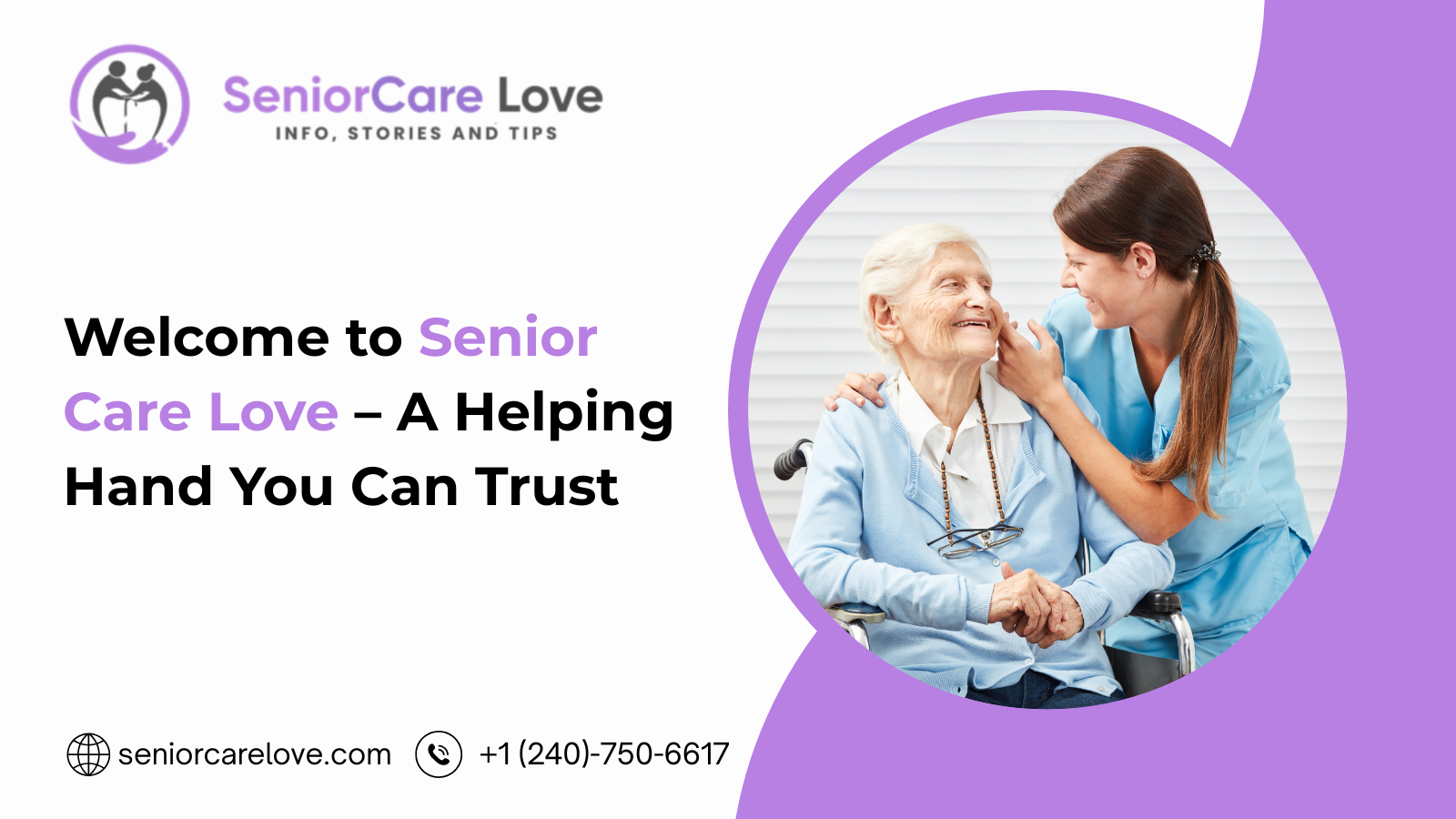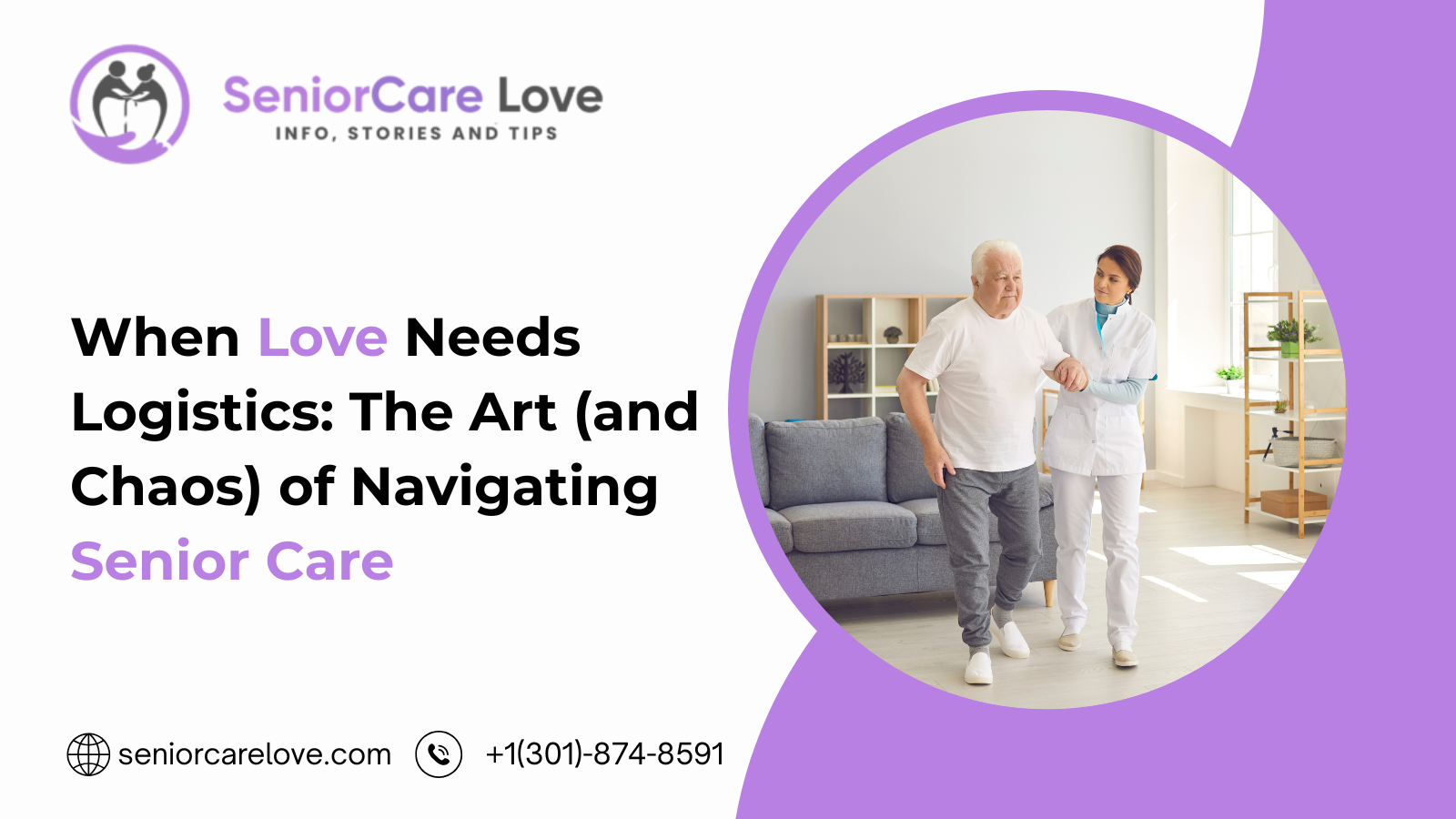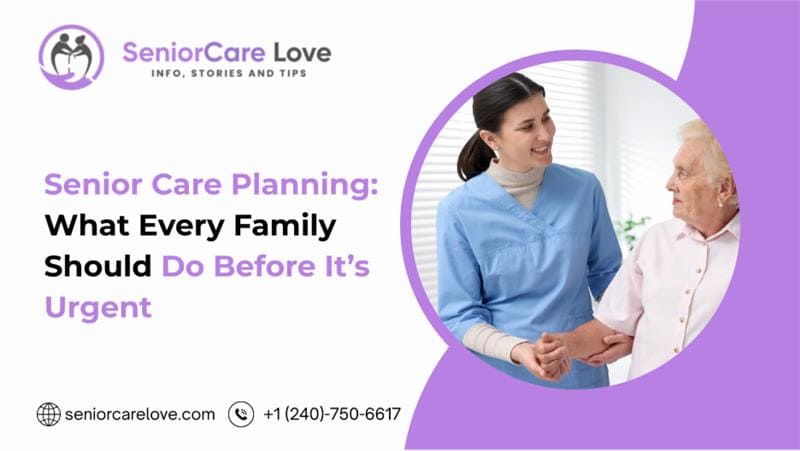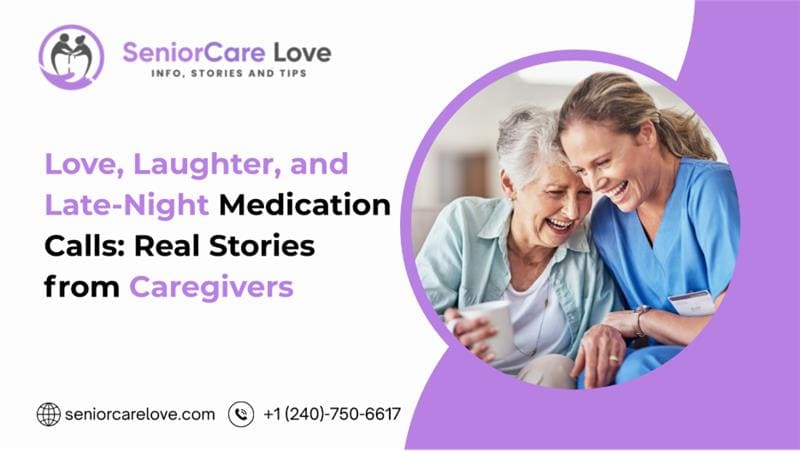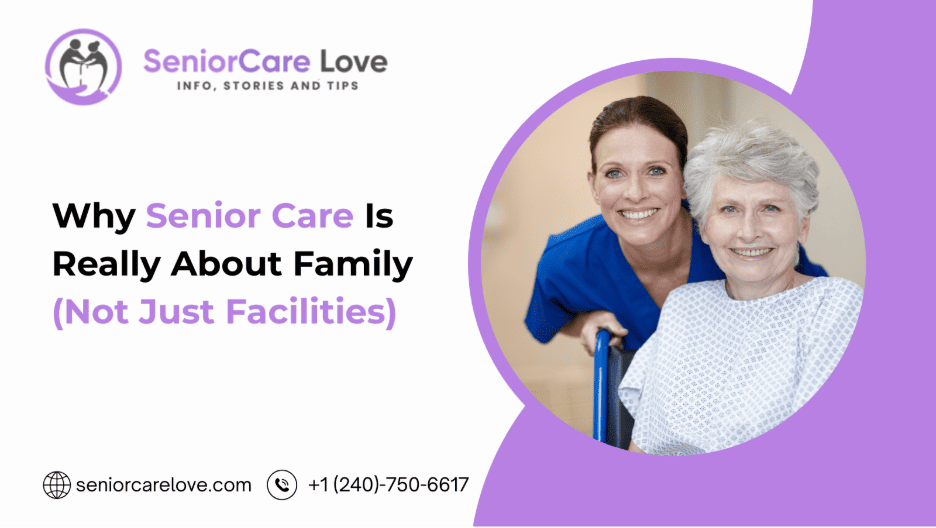Intro: Because Not Everyone Wants to Move—and That’s Okay
Let’s say it plainly: Not every senior wants to move to a new facility, no matter how many organic garden beds or koi ponds it advertises.
Some seniors are deeply attached to their routines. Their favorite chair. Their exact coffee mug (the one that’s 37% chipped but holds the perfect amount). The dog, the neighbor, the creaky floorboards that warn them about visitors before the doorbell even rings.
And guess what? That attachment is valid—even beautiful. Because sometimes, home is more than a place. It’s part of the medicine.
In-Home Care: Not Just for the Rich or the Recently Discharged
Let’s bust a myth right out of the gate. In-home care isn’t just for celebrities who have personal chefs and a team of five for each limb.
It’s also for:
- Seniors who want to age in place with dignity
- Family caregivers burning out faster than a scented candle
- Folks recovering from surgeries or illnesses who hate hospitals
- People living with chronic conditions like Parkinson’s, COPD, or Alzheimer’s
- Older adults who simply prefer not to wear shoes before noon
In other words, it’s for real families like yours.
Why Staying Home Can Be a Powerful (and Peaceful) Choice
Here’s what we’ve learned over the years (usually from caregivers calling us while hiding in closets to cry quietly): when done right, in-home care isn’t just easier—it’s more effective.
Not necessarily because the care is better, but because the environment is familiar.
- Seniors sleep better in their own beds
- They eat more when meals feel normal
- They resist less when routines aren’t disrupted
- Their dogs are happier (which makes them happier—see the chain reaction?)
We’ve seen the science. We’ve lived the stories. And we’re convinced: home can be healing.
What In-Home Care Actually Includes (It’s More Than Band-Aids)
People hear “in-home care” and picture a nurse doing blood pressure checks and giving sponge baths in silence. But that’s only one flavor. Today’s in-home senior care is far more dynamic.
Personal Care
Bathing, dressing, toileting, grooming—all the tasks that maintain dignity and reduce fall risks.
💊 Medication Reminders
Not just “take your pills” but understanding what they are, when to take them, and how to keep schedules intact.
🍳 Light Housekeeping & Meals
No one wants to recover from hip surgery and do the laundry. Let caregivers handle the linens and the lunch.
🛍️ Errands & Transportation
From prescription pick-ups to post office runs, caregivers can help keep the outside world within reach.
🧠 Cognitive & Memory Support
Trained aides can gently redirect, engage in brain-stimulating activities, and keep your loved one safe.
🤝 Companionship
Yes, this matters. A LOT. Emotional health is linked to physical health—and having someone to talk to (or even just sit near) makes a huge difference.
The Mr. Franklin Story: Music, Memory, and Aging at Home
One of our favorite cases (because yes, we’re allowed to have favorites) was Mr. Franklin, an 88-year-old retired music teacher living alone in Capitol Hill. His daughter, a federal employee, lived in Rockville and called us with the dreaded combo:
“He’s had a few falls, the neighbors are concerned… but he absolutely refuses to leave his home—or his piano.”
We get it. Some things are non-negotiable. So, we built a care plan around the piano.
A morning caregiver helped with bathing and meals. A physical therapist worked on balance and strength while Mr. Franklin sat at the piano bench. And on Thursdays, his aide (a former choir singer, thank you universe) sang harmony as he played.
He stayed home for another three and a half years, falling only once (and not dramatically), living out his days surrounded by keys, rhythms, and love. And his daughter? She stopped panic-scrolling at 2 a.m.
Why In-Home Care Works So Well in DC & Maryland
Now let’s talk logistics—because we live in a region where planning a simple trip can feel like orchestrating a military operation.
🚦Traffic
Getting to appointments can be brutal. With in-home care, there’s no battling the Beltway just to have a 10-minute conversation with a doctor or social worker.
❄️ Weather
Winters bring ice. Summers bring swamp heat. In-home care ensures your loved one stays safe, dry, and upright no matter what Mother Nature throws at us.
🏙️ Density of Services
DC and Maryland are stacked with amazing healthcare providers, elder law experts, Medicaid advisors, and support networks—but they can be hard to navigate. Reputable in-home care agencies often have those connections on speed dial.
🗣️ Multicultural Providers
This region is rich in diversity—and many in-home caregivers speak multiple languages, understand cultural sensitivities, and bring deep respect into the homes they serve.
How Families Pay for In-Home Care (Without Breaking the Bank)
We’ll level with you: in-home care can be pricey. Hourly rates in DC and Maryland typically range from $28–$40/hour, depending on care type, agency reputation, and location.
But don’t give up yet—plenty of families make it work by mixing and matching payment options.
👴 Veterans Benefits
If your loved one is a wartime veteran or the surviving spouse of one, Aid & Attendance benefits can help pay for care.
🏛️ Medicaid Waiver Programs
Maryland and DC both have waiver programs that can fund in-home care for low-income seniors who meet certain criteria.
🧾 Long-Term Care Insurance
Many policies cover in-home care—but you may need an advisor to decode the fine print (we know people).
💳 Private Pay with Family Help
Some families pool resources, split shifts with professional caregivers, or rotate duties to offset cost.
🧑⚖️ Elder Law or Financial Planning
Don’t go it alone—there are financial experts who specialize in aging care. We’ve got names. Ask us.
What to Look for in a Great In-Home Care Provider
Choosing care isn’t like picking a pizza place—you’re trusting someone with your loved one’s well-being. So yes, vetting matters.
Here’s your checklist:
- Licensed, bonded, and insured (non-negotiable)
- Background-checked caregivers with experience
- Transparent pricing and billing
- Flexibility in scheduling (life happens!)
- Personalized care plans
- Care coordinator or case manager
- Emergency back-up plans (caregivers get sick too)
And finally… how they make you feel. If the intake feels cold, rushed, or patronizing? It’ll only get worse.
Final Thought: Pajamas, Peace, and Permission to Breathe
At Senior Care Love, we’ve helped hundreds of families discover this beautiful truth: home doesn’t have to be the last stop—it can be the right one.
Aging doesn’t need to mean disruption. It doesn’t have to come with fluorescent lights, waiting rooms, or the heartbreak of saying goodbye to the family dog.
Sometimes, the best care isn’t a place—it’s a presence.
It’s someone showing up at 9 a.m. to help Mom brush her hair, tidy her room, make tea just how she likes it, and remind her of the names of the birds outside the window. (They’re cardinals. She knows they’re cardinals. She just likes to hear you say it.)
Because when we support seniors where they feel safest, most seen, and most loved—we’re not just giving care. We’re giving home back.
Need help finding in-home care that actually fits your family in Maryland or DC?
We’ve got resources, referrals, and our signature Senior Care Love blend of practical help and gentle humor.
💙 Reach out today—and let’s keep the slippers on and the stress off.
FAQs About In-Home Senior Care in Maryland & DC
Q: Can I hire someone privately instead of using an agency?
A: Yes—but you become the employer, meaning taxes, insurance, liability, scheduling, training, and discipline are all your job. Agencies take that burden off your plate.
Q: Is in-home care appropriate for dementia patients?
A: Absolutely, especially in early to mid-stages. Familiar environments reduce agitation. Just be sure to find caregivers with dementia-specific training.
Q: What if my loved one doesn’t want a “stranger” in the house?
A: This is common. Start slow—maybe two hours, just a few days a week. Build trust. Introduce the aide casually. It often gets better with time.
Q: Can I mix in-home care with adult day programs or part-time family help?
A: 100%! Many families use a “care patchwork” to reduce costs, avoid burnout, and cover all bases.
Q: How do I know when it’s time to start in-home care?
A: Look for red flags: missed meds, poor hygiene, weight loss, isolation, frequent falls, or caregiver burnout. Earlier support often prevents emergencies.


